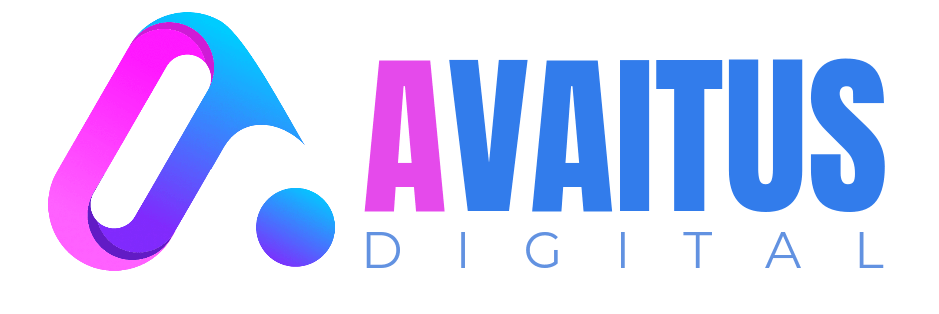
In today’s digital world, where people are constantly bombarded with information,
In today’s digital world, businesses need to have a strong online presence. A website is often the first point of contact for potential customers, so it is more important than ever for businesses to have a website that loads quickly and makes a good impression. A slow-loading website can damage your brand reputation and lead to lost sales.
A study by Google found that 53% of mobile users will leave a website if it takes more than three seconds to load. And, according to a study by Aberdeen Group, a slow website can cost businesses up to 7% in lost sales.
There are a number of reasons why a slow-loading website can be so harmful to a business. First, it can frustrate potential customers. When a website takes too long to load, users become impatient and may leave the site for a competitor’s site that loads more quickly. Slow-loading websites create a poor user experience, leading to frustration, decreased engagement, and a higher bounce rate. This directly translates into lost sales and missed lead opportunities.
Second, a unoptimized website can damage your brand reputation. When users have a negative experience with your website, they may be less likely to do business with you in the future.
Third, an unoptimized website can lead to lost sales. When users can’t quickly and easily find the information they’re looking for on your website, they may be less likely to make a purchase.
Website speed optimization is a crucial factor in search engine rankings. Search engines, like Google, consider page speed as a ranking signal because it directly affects user experience. Unoptimized websites are penalized with lower search engine rankings, reducing visibility and organic traffic. As a result, businesses lose potential customers who may never discover their products or services.
If you’re concerned about the performance of your website, there are a number of things you can do to improve it. First, make sure your website is optimized for mobile devices. More and more people are using their smartphones and tablets to access the internet, so it’s important that your website looks good and loads quickly on these devices.
Second, reduce the size of your images. Images are often the biggest contributors to slow loading websites. You can reduce the size of your images without sacrificing quality by using a tool like ImageOptim or Kraken.
Third, minify your code. Minifying code removes unnecessary whitespace and comments, which can significantly reduce its file size.
Fourth, use a content delivery network (CDN). A CDN is a network of servers that deliver content to users from the closest server. This can improve loading speeds for users in different parts of the world.
Fifth, use a caching plugin. A caching plugin stores static resources like images and CSS files on the user’s browser. This can improve loading speeds by reducing the number of requests that need to be made to the server.
By following these tips, you can improve the performance of your website and reduce the risk of lost sales or leads.
In addition to the above, here are some other things you can do to improve the performance of your website:
- Use a web performance testing tool: A web performance testing tool can help you identify areas where your website can be optimized for speed. These tools can provide you with detailed reports on your website’s performance, including loading times, page size, and other metrics.
- Keep your website up to date: Outdated software can have security vulnerabilities that can slow down your website. Make sure you keep your website’s software up to date with the latest security patches.
- Monitor your website’s performance: Regularly monitor your website’s performance to identify any issues that need to be addressed. There are a number of tools that can be used to monitor website performance, such as Google Analytics and Pingdom.
By taking these steps, you can improve the performance of your website and protect your business from the negative consequences of a slow-loading website.
The negative consequences of slow-loading websites are undeniable. Lost sales, decreased conversion rates, and diminished search engine visibility can significantly impact a business’s bottom line. By understanding the implications of slow-loading websites and implementing effective strategies for faster loading speeds, businesses can provide a superior user experience, retain more customers, and seize opportunities for growth in today’s competitive digital landscape. Prioritizing website speed optimization is not just a technical consideration but a crucial business decision for sustained success.


